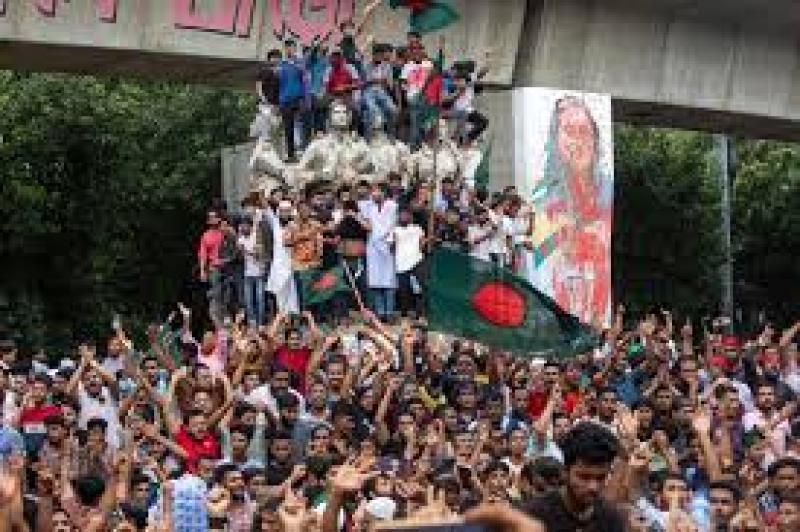- US Issues Travel Alert for Bangladesh Ahead of Election |
- Air ambulance carrying bullet-hit Hadi flies for Singapore |
- Can Dhaka’s arms recovery drive ensure peaceful polls? |
- ‘Unhealthy’ air quality recorded in Dhaka Monday morning |
- BD peacekeepers' deaths: UN chief calls Dr. Yunus, offers condolence |
BD Intelligence Intimidated Journalists During July Uprising: UN

A recent United Nations (UN) report has revealed that Bangladesh's intelligence agencies, including the DGFI and NSI, intimidated journalists to prevent them from covering the July uprising. The UN rights office also highlighted how journalists were targeted by security forces who indiscriminately fired at protesters during the student-led movement.
The UN’s Office of the High Commissioner for Human Rights (OHCHR) report, titled Human Rights Violations and Abuses Related to the Protests of July and August 2024 in Bangladesh, details how Ministry of Information officials and intelligence agents pressured editors and journalists, both at their offices and homes, demanding changes to their reporting and broadcasts.
The OHCHR report, released on February 12, describes how authorities violated freedom of expression by intimidating and arresting journalists. It also noted the heavy pressure placed on media owners with ties to the ruling Awami League, preventing independent reporting on the protests and the government's use of force to suppress them.
In some instances, media outlets published misinformation, likely orchestrated by intelligence and government officials. One such case involved a raid by RAB officers on a media outlet, where they assaulted staff and attempted to force them at gunpoint to identify a journalist who had exposed violations by military officers. NSI agents reportedly threatened the outlet to prevent the publication of the story.
The report further details the tragic deaths and injuries of journalists during the July protests. Between July 15 and August 5, at least six journalists were killed, and about 200 were injured while covering protests in Dhaka, Sylhet, and Sirajganj. Journalists were often victims of indiscriminate gunfire from security forces and, in many cases, directly targeted due to their profession.
Photojournalists were particularly vulnerable, with multiple reports of violence aimed at preventing the documentation of events. On July 18, a journalist was shot and killed by police while covering protests in Jatrabari. The following day in Sylhet, police fired lethal ammunition at a BNP rally, killing a journalist who was photographing the protest.
On July 19, in Dhaka's Elephant Road, a police officer warned a photojournalist that he would be shot if he continued taking pictures. Minutes later, police shot at another journalist holding a microphone, injuring him with metal pellets in the neck and limbs. That same day, in Paltan, a journalist was also injured by police gunfire during protests.
The OHCHR report underscores the dire situation for journalists covering protests in Bangladesh, highlighting both the direct violence they faced and the systemic efforts to suppress free reporting.

